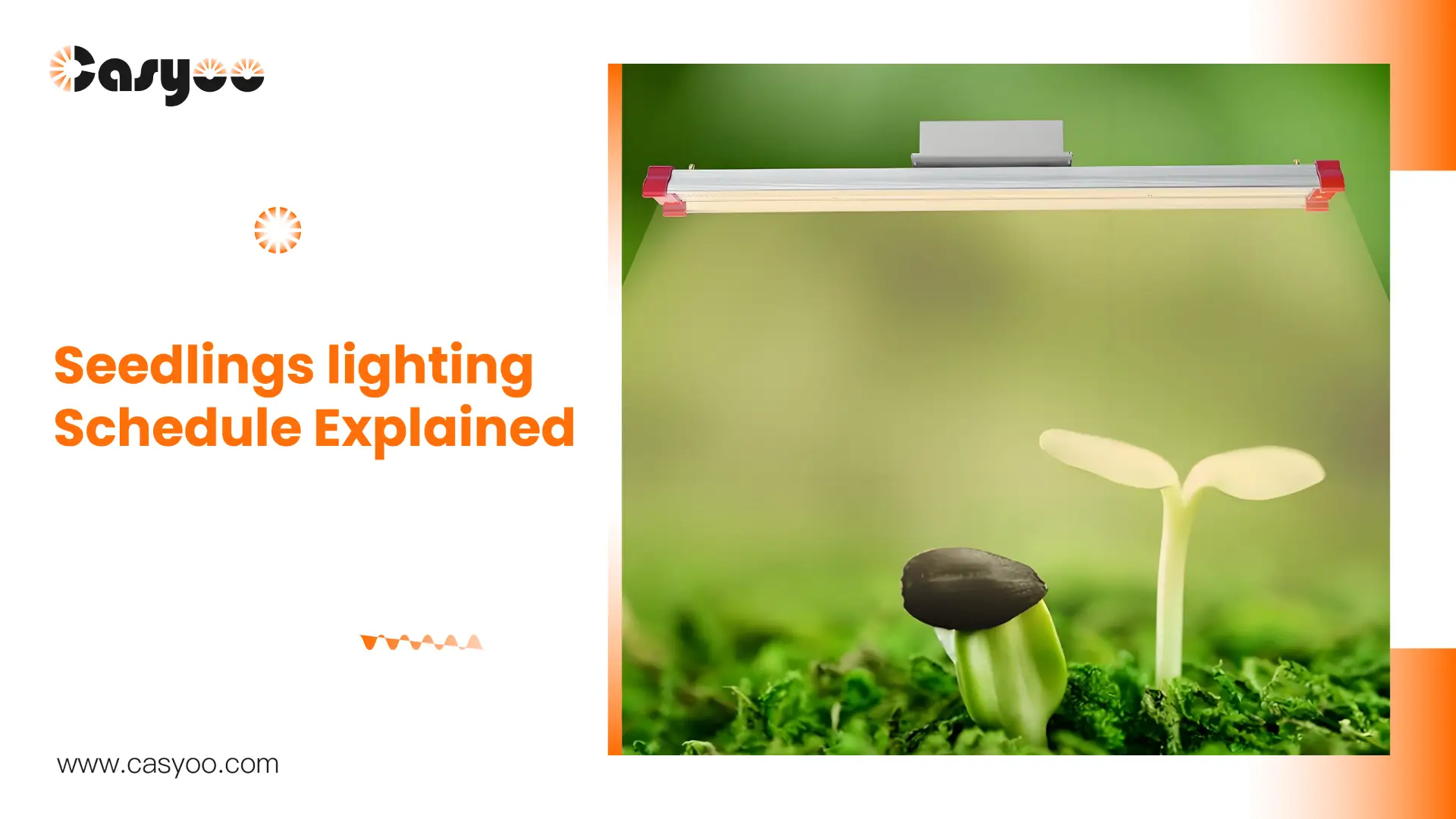Why does the growth of seedlings require light?
The lighting requirements of seedlings vary by species, but generally speaking, most seedlings require at least 12 to 16 hours of direct sunlight per day. This is a scientific conclusion based on the needs of plant photosynthesis and the characteristics of seedling growth stages. Appropriate duration of light is beneficial for the healthy growth of seedlings and enhances their stress resistance.
Scientific basis for the light demand of seedlings
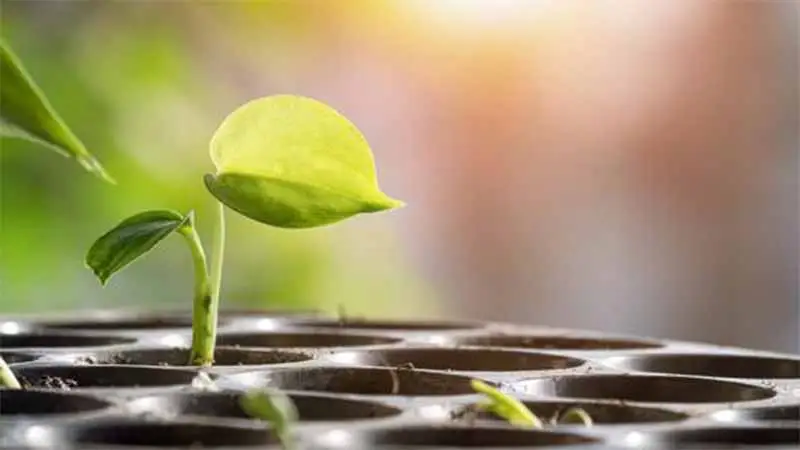
Seedlings are a critical stage of plant growth, and the light demand during this period is crucial for the subsequent growth and development of plants. Photosynthesis is the process by which plants use light energy to convert carbon dioxide and water into organic matter and oxygen, and is the foundation of plant growth. Therefore, seedlings need sufficient light to carry out photosynthesis, accumulate nutrients, and promote the development of roots and leaves.
Scientific research has shown that most seedlings grow best when exposed to 12 to 16 hours of direct sunlight per day. This duration can meet the needs of seedlings for photosynthesis while avoiding the negative effects of insufficient or excessive light.
Differences in Light Requirements of Different Types of Seedlings
Although the light requirements of most seedlings are similar, the sensitivity and demand for light vary among different types of plants. For example, some sun loving plants such as sunflowers, roses, etc. require more light to maintain their growth and flowering; Some shade tolerant plants such as ferns and orchids can grow well under weaker light conditions.
Therefore, when planting different types of seedlings, the duration and intensity of light should be adjusted according to their light requirements to ensure healthy growth of the seedlings.
The impact of insufficient or excessive light on seedling growth
Insufficient light can lead to weakened photosynthesis, insufficient nutrient accumulation, slow growth, yellowing of leaves, and poor root development in seedlings. Long term insufficient light can also reduce the stress resistance of seedlings and make them susceptible to invasion by pests and diseases.
On the contrary, excessive light exposure can also have negative effects on seedlings. Strong direct sunlight may cause burning of seedling leaves, rapid evaporation of water, and dehydration of plants. Meanwhile, prolonged high-intensity light exposure can also inhibit the growth of seedlings, leading to abnormal morphology.
In summary, understanding and meeting the light requirements of seedlings is the key to ensuring healthy plant growth. Horticultural enthusiasts and professional growers should flexibly adjust the lighting conditions according to the actual situation to create a suitable growth environment for seedlings.
How to provide appropriate light for seedlings
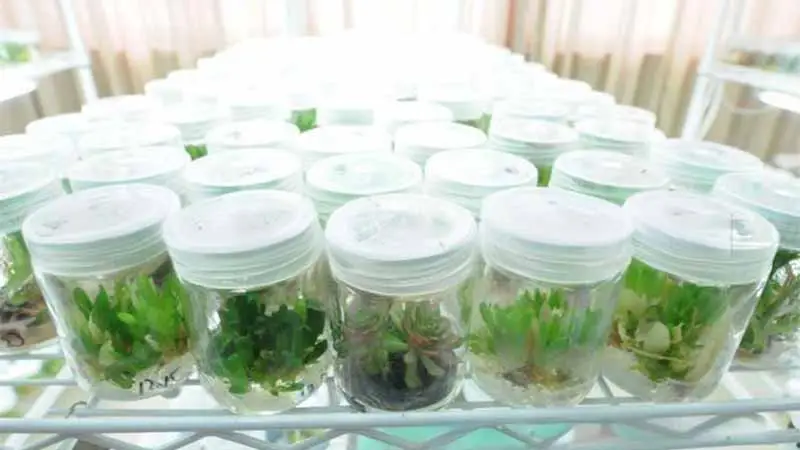
The time for seedlings to receive supplementary lighting varies depending on the plant species, growth stage, and lighting conditions. Generally speaking, it is advisable to expose to 6-8 hours of radiation per day, but it is important to avoid excessive exposure. Meanwhile, proper placement and use of appropriate fill lights are also key.
Seedlings require sufficient light during their growth process to carry out photosynthesis and promote growth and development. However, in certain environments, natural light may not be sufficient to meet the needs of seedlings, in which case supplementary lighting is needed. So, how long does it take for seedlings to receive supplementary lighting? Next, we will explore this issue in detail.
Firstly, supplementary lighting is of great significance for the growth of seedlings. It can provide stable and continuous light to meet the needs of photosynthesis in seedlings, promote the formation of chlorophyll, and enhance the resistance of seedlings. At the same time, supplementary lighting can also to some extent compensate for the problem of insufficient natural light, ensuring that seedlings can grow normally in dark environments.
The specific time for young seedlings to receive supplementary lighting depends on the plant species, growth stage, and lighting conditions. Generally speaking, it is advisable to expose to 6-8 hours of radiation per day. However, it should be noted that excessive exposure may cause damage to seedlings, so adjustments should be made according to the growth and light intensity of the plants in practical operations.
Let’s discuss them in categories below.
Lighting exposure time
Plants have a regular demand for light. Generally speaking, seed germination requires light, but the germinated seedlings need a certain amount of dark time to rest in order to grow better. Therefore, in the process of seedling cultivation, it is necessary to pay attention to the control of light exposure time. Generally speaking, for succulent plants and other plants that do not require a lot of light, 6-8 hours of light can be provided daily; For plants that require a lot of light, such as tomatoes, peppers, etc., 10-12 hours of light can be provided daily.
Lighting intensity
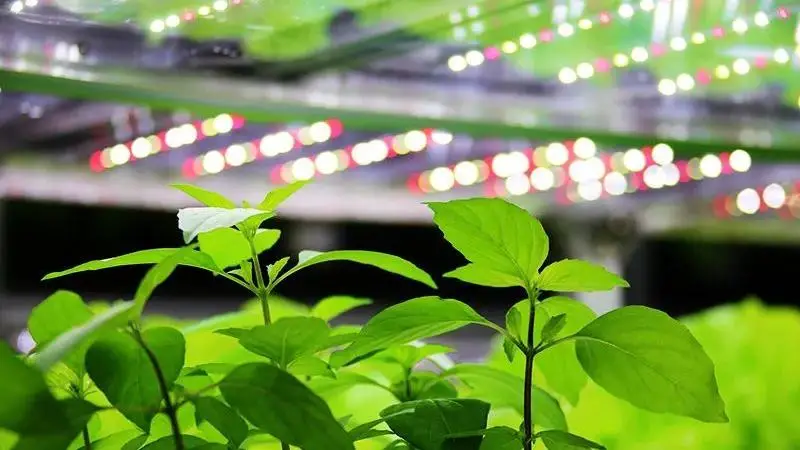
Light intensity refers to the light intensity required for seedling cultivation. For different plants, the demand for light intensity also varies. Generally speaking, the light intensity for seeds during the seedling stage is about 1000 lux, during the seedling stage it is about 2000 lux, and during the growth stage it requires higher light intensity. Therefore, in the process of seedling cultivation, it is necessary to adjust according to the light intensity requirements of different plants. To ensure the stability of light intensity, it is recommended to use professional seedling lights for illumination.
Lighting direction
The direction of light has a significant impact on the growth of seedlings. Generally, it is suitable for the light source to illuminate from south to north, which can provide sufficient light supply and evenly distribute the light to all plants, making the growth of plants more uniform.
Lighting distance
Light distance refers to the distance between the light source and the plant. Excessive or insufficient lighting distance can affect the normal growth of plants. Generally speaking, the distance between the light source of seedling lights should be between 15-30 centimeters to ensure that plants can absorb light normally.
In summary, the required lighting for seedling cultivation mainly includes lighting time, lighting intensity, lighting direction, and lighting distance. In the process of seedling cultivation, it is necessary to make reasonable adjustments and controls according to the needs of different plants. Only suitable lighting conditions can ensure the healthy and robust growth of plants.
In addition, when using fill lights, the following points should be noted:
- Placement: The fill light should be placed at a certain distance from the seedlings to ensure even and not too strong illumination. At the same time, it is important to avoid placing the fill light too close to the seedlings to prevent damage from high temperatures.
- Choose the appropriate fill light: There are many different types of fill lights on the market, including LED lights, fluorescent lights, etc. When choosing, it is important to select the appropriate fill light based on the plant’s needs and growth environment.
- Regular cleaning: Long term use of fill lights may lead to dust accumulation, affecting the lighting effect. Therefore, it is necessary to regularly clean the fill light to ensure its normal operation.
In short, the reasonable use of fill lights is of great significance for the growth of seedlings. By mastering the correct irradiation time and techniques, we can provide sufficient light for seedlings and promote their healthy growth.
How does red light affect seedlings?
Seedlings require red light irradiation during the germination, seedling, growth, and fruiting stages, but the timing varies, such as not exceeding 1 hour at a time during the germination stage. Red light has a significant impact on seedlings, promoting photosynthesis, plant growth, and improving stress resistance. It also helps to advance the flowering and fruiting periods, thereby improving yield and quality.
The duration of red light exposure for seedlings
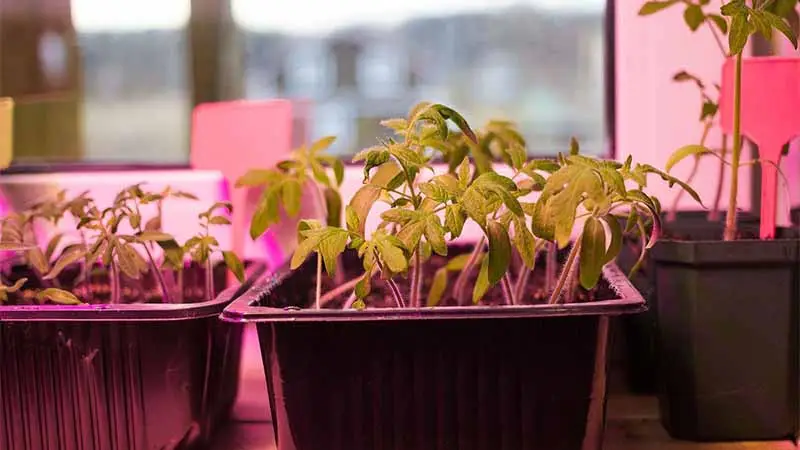
The timing of red light irradiation is crucial during the growth process of seedlings. According to the needs of different growth stages, the time for seedlings to receive red light irradiation should be adjusted accordingly.
- Germination period:At this time, seedlings need to maintain sufficient humidity and be exposed to red light in the morning or evening, with each exposure time controlled within 1 hour, to activate photosynthesis and promote germination.
- Seedling stage:As the seedlings grow, the red light irradiation time can be appropriately extended to 2-3 hours, while ensuring that the light intensity is within an appropriate range to promote the robust growth of the seedlings.
- Growth period:During this stage, the demand for light from seedlings further increases. It is recommended to use alternating red and blue light irradiation to meet the needs of photosynthesis and make the spectrum of seedlings more balanced.
- Result period:To avoid affecting fruit quality, the red light irradiation time should be appropriately reduced
The impact of red light of seedlings
Red light, as one of the key wavelengths for photosynthesis, has multiple positive effects on the growth of seedlings.
- Promote photosynthesis:Red light helps photosynthetic pigments effectively generate electrons, thereby improving the efficiency of photosynthesis and providing more energy for the growth of seedlings.
- Promote plant growth:Red light can significantly promote shoot growth of seedlings, increase leaf area and root branching, making seedlings more lush.
- Improve stress resistance:Red light irradiation can enhance the resistance of seedlings to adverse environments such as low temperature and drought, and improve their survival rate.
- Promote flowering and fruiting periods:Red light can also promote flower bud differentiation and bud formation, which helps to advance flowering and increase fruit yield.
In summary, red light plays an indispensable role in the growth process of seedlings. However, excessive exposure to red light may also cause damage to seedlings. Therefore, in practical applications, the intensity and duration of red light irradiation should be adjusted reasonably according to weather conditions and the growth status of seedlings, to ensure the healthy growth and high yield and quality of seedlings.
FAQ for Light of Seedlings
Should seedlings receive 24-hour LED lighting?
Should not. Plants also have a regular schedule, and photosynthesis during the day produces the ability to digest and release carbon dioxide at night. If its growth pattern is forcibly changed, it will also have a certain impact on its growth.
How to determine if seedlings are exposed to excessive light?
During the entire growth cycle of plants, seedlings have the most abundant water content. If there are signs of dryness in the leaves or stems of seedlings, it indicates that they have received too much light.
Can LED growth lights burn seedlings?
Can it! If the light intensity of the LED grow light is too high or too close to the seedlings, the LED grow light will burn the seedlings.
Should I dim the LED light of seedlings?
Yes, compared to relatively mature plants, seedlings are more delicate and easily burned by strong light, so dimming the plant light of seedlings is beneficial for plant lighting.
What is the light growth schedule of seedlings?
The optimal light cycle for seedlings is around 16 hours, and the dormancy cycle is around 8 hours.
